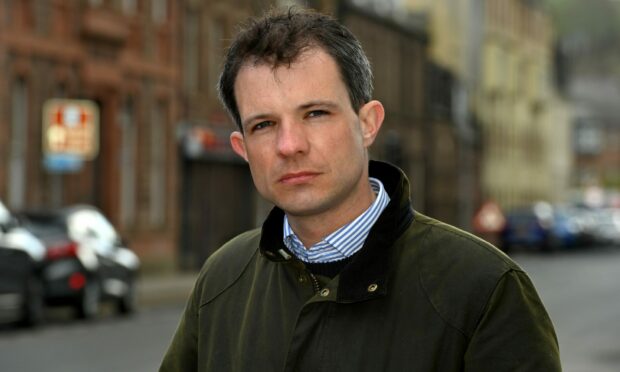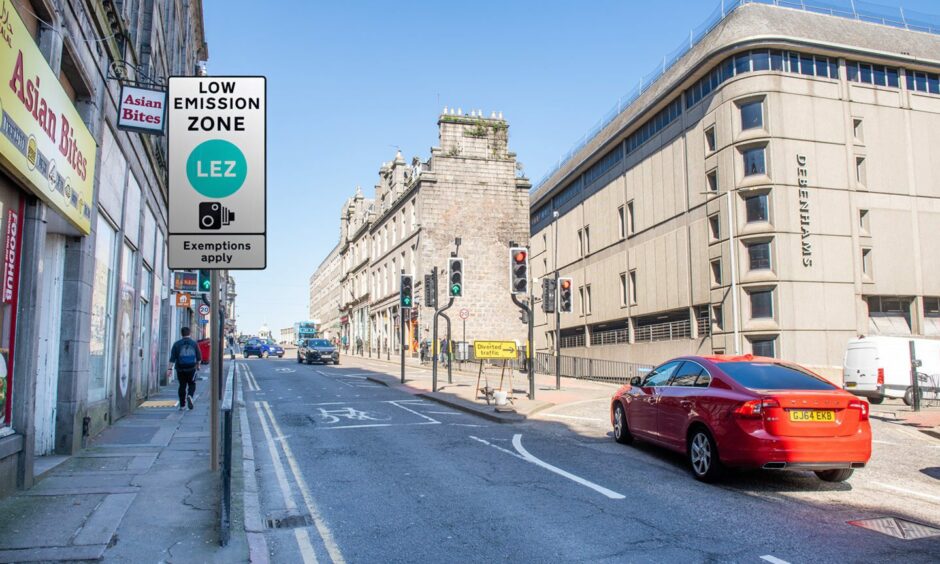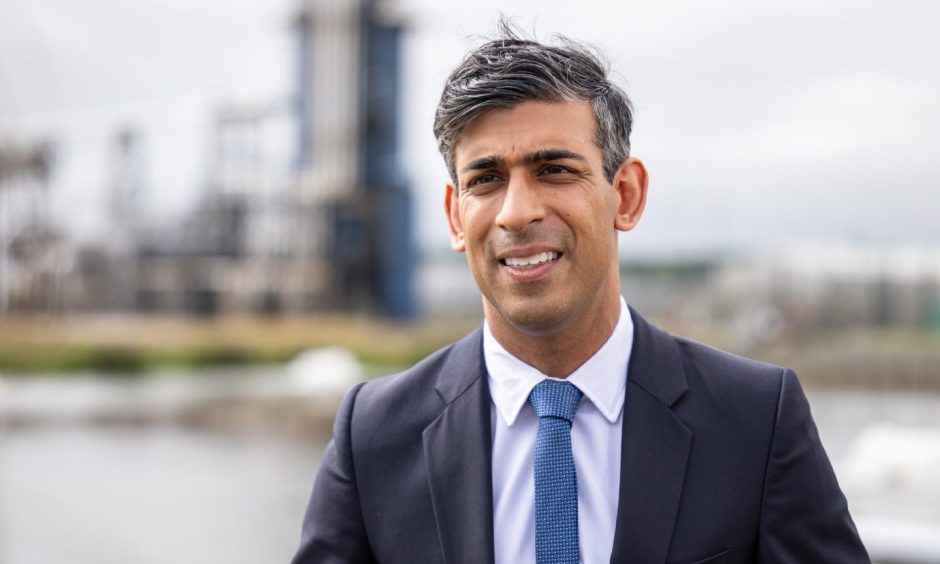North-east Tory MP Andrew Bowie has criticised so-called “15-minute cities” and raised concerns that local councils might control where residents can use shops and services.
He claims to have picked up these worries from internet forums and among voters.
Supporters say the idea is to give people easy access to essential services like transport, healthcare and schools without needing to drive everywhere.
In Scotland, a similar idea has been badged by the SNP as the “20-minute neighbourhood”.
We have gone through each of his claims, made in a BBC interview at Conservative party conference.
And we’ve looked at the wider concerns to fact-check what it really means for people.
Claim 1 – People worry they will be told where they can access services
The West Aberdeenshire and Kincardine MP told interviewer Evan Davis that residents worry they will not be able to choose where they access services.
“We do not want local authorities dictating to people that they must choose to access those services within 15 minutes of their house or however often they might need to access those services,” he said.
But under proposed models, nobody would be prevented from travelling further afield to visit their favourite shops, bars and restaurants.
Instead, experts say towns should be planned so households are never too far from vital amenities.
The end goal would not stop drivers from using their cars, but would ideally give commuters better public transport options and make roads safer for cyclists.
Claim 2 – People are concerned their civil liberties will be infringed
Mr Bowie said people are worried the model will “infringe” on their freedoms. He insisted it was “absolute nonsense” to suggest he was peddling conspiracy theories.
Some of the overlapping concerns can be linked with memories of Covid lockdown, when households were told by government to stay indoors during the pandemic.
Likewise, people have linked plans to introduce low emission zones for more polluting traffic to the wider opposition.
But promoters of 15-minute cities – or 20-minute neighbourhoods – say they just want to reduce dependency on cars and clean up air quality.
Carlos Moreno, a professor credited with coining the term 15-minute city, warned conspiracy theorists have built an “insane story” which also links his ideas to vaccine scepticism and opposition to 5G networks.
Claim 3 – Tories will stop 15-minute cities going too far
Mr Bowie said his party will stop councils from curbing liberties.
Earlier at Tory conference, UK Transport Secretary Mark Harper described the policy concept as “sinister”.
Prime Minister Rishi Sunak also railed against the idea.
But in reality, no councils who are in favour of the proposals have suggested they would attempt to control where residents can shop, eat or drink.
And Conservatives have backed plans for 15-minute cities in several areas.
The Tory-run UK Government provided funding for redesigning one area in London to fit the model as part of their “levelling up” programme.
Under the direction of a Tory mayor, Birmingham is at the centre of plans to upgrade transport in the West Midlands to “adopt 15-minute neighbourhood principles”.
Elsewhere in England, Oxford’s council was one of the first to attract controversy over plans to redevelop the city by 2040.
The backlash
Mr Bowie’s political opponents were quick to criticise his intervention on BBC Radio 4.
Labour’s UK Shadow Health Secretary, Wes Streeting, claimed the Conservatives had been “captured by cranks” after watching the interview.
Aberdeen North SNP MP Kirsty Blackman criticised “conspiracy theory nonsense”.
But what are the potential downsides of 15-minute cities?
Experts say the policy is likely to be hard in rural areas – so much of Scotland – where households rely on cars to a greater degree.
For less populated towns and villages, the Scottish Government has tweaked the concept to describe it as “local living”.
That in itself has been criticised as showing a lack of ambition.




Conversation